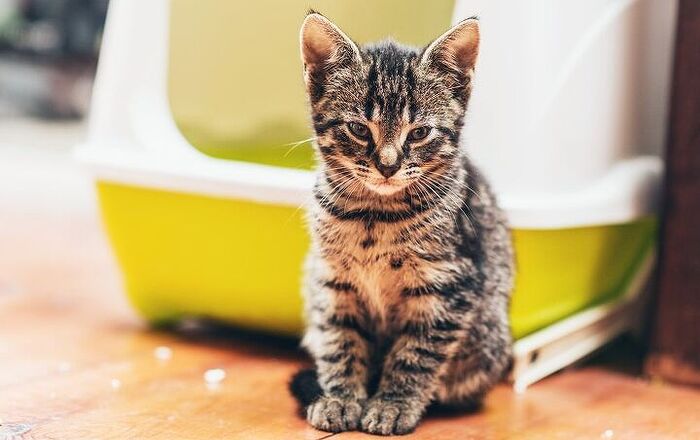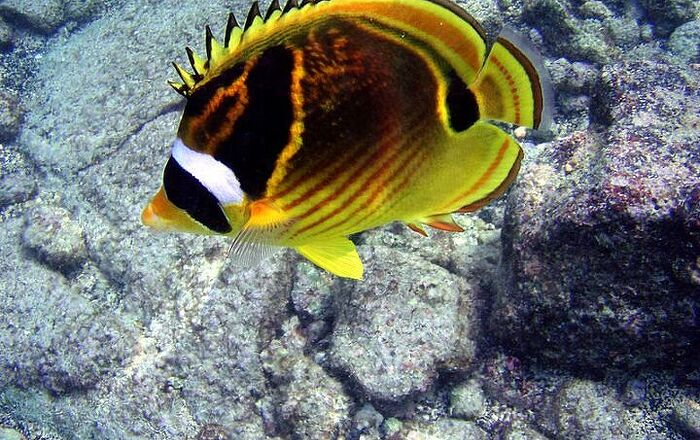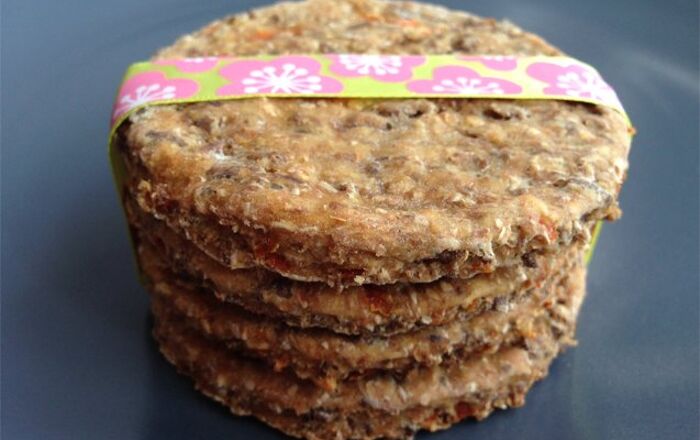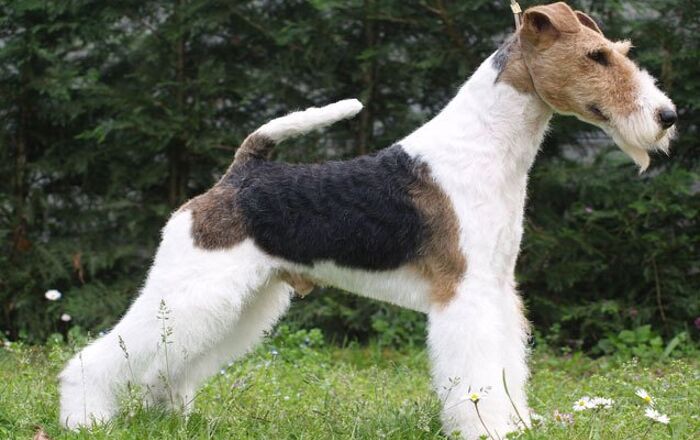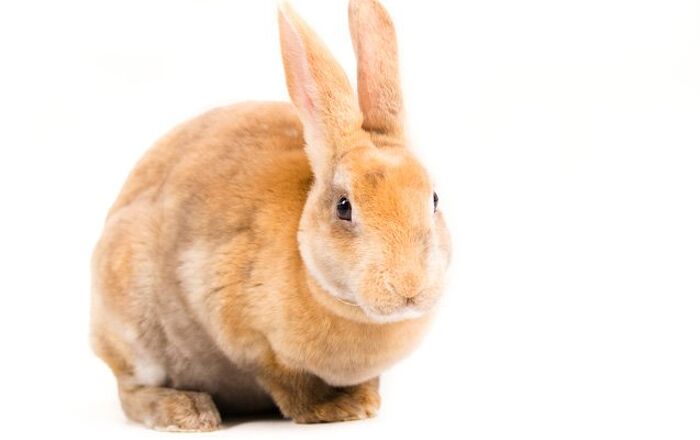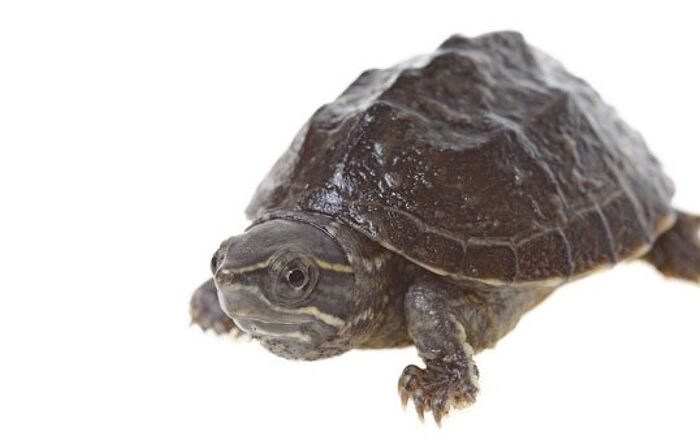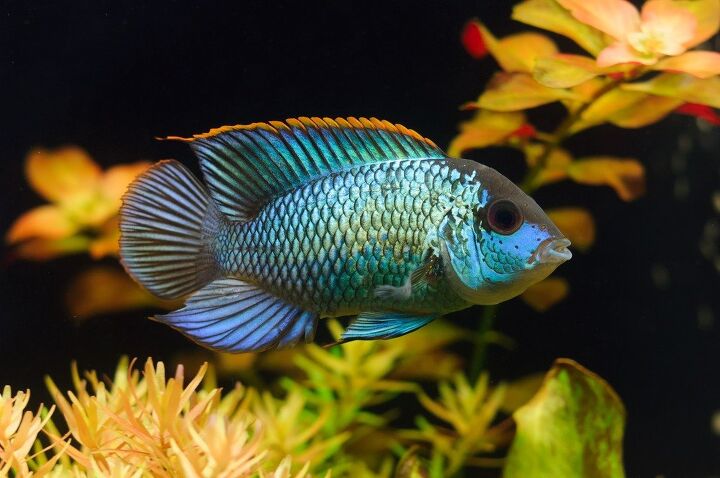
Acara Cichlids General Description
Within the Acara family there are two groupings of species: true Acaras and Acara-related species. True acaras are the larger of the two, growing between 6 and 12 inches in length while other Acaras grow no larger than 6 inches. Most acara cichlids are somewhat aggressive and territorial and they have a tendency to eat smaller fish.
Acaras come in a wide range of colors including blue, green, brown, gray and black.
Origins
Fishes belonging to the Acara family are found only in the tropical regions of Central and South America. Different species of Acara Cichlid can be found in both still waters and turbulent waters, including clear flowing streams and tributaries.
Color
Acaras come in a wide range of colors including blue, green, brown, gray and black. Some Acaras exhibit horizontal stripes, broken lines, or patches of color on the body, often with a dark lateral stripe running through the eye and along the midsection of the fish.
Maintenance and Care
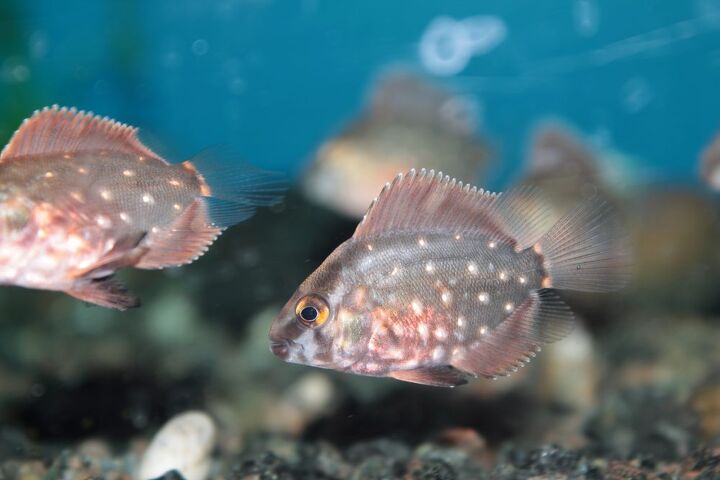
While each species is different, most Acaras are hardy fish that can adapt to a range of different water conditions – this makes them moderately easy to care for. Acaras tend to prefer warm water with a pH between 6.0 and 7.5 and a water hardness between 2 and 18 dH. The ideal temperature range for Acaras is 72°F to 79°F. Acara tanks should be kept open and free from large décor items in the center to allow for free swimming. These fish also appreciate rock caves and other hiding places.
Most Acaras are hardy fish that can adapt to a range of different water conditions.
Feeding
Acaras will eat a wide variety of foods including live foods as well as flakes and pellets. In the wild, Acaras feed on small crustaceans, insect larvae, and small fishes. In the home aquarium, these fish should be offered a combination of flakes, pellets, meaty foods, and carnivore pellets.
Breeding Info
Different species of Acara Cichlids exhibit different breeding habits, though all Acaras are egg layers. Some species divide into monogamous pairs and lay their eggs on flat rocks while others scatter their eggs on plants. Some Acara Cichlids are mouth brooders, incubating the eggs in their mouths until hatching.
Aquarium Varieties
Blue Acara, Flag Acara, Red Port Acara, Keyhole Acara, Green Terror, Two-Spot Acara
Photo credit: tetiana_u/Shutterstock; Kazakov Maksim/Shutterstock


